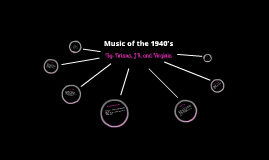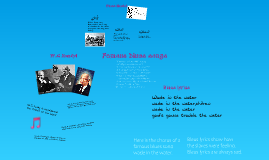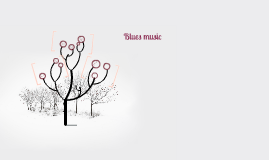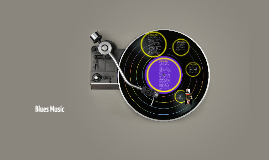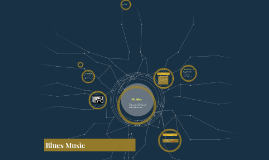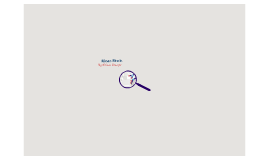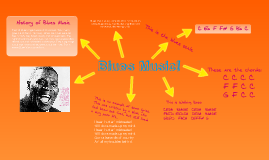Blues music
Transcript: The instruments The 12-bar blues or blues changes is one of the most popular chord progressions in popular music. The blues progression has a distinctive form in lyrics and phrase and chord structure and duration. a reason for the "blues" is that it derived from mysticism involving blue indigo, which was used by many West African cultures in death and mourning ceremonies where all the mourner's garments would have been dyed blue.This mystical association towards the indigo plant, grown in many southern US slave plantations, combined with the West African slaves who sang of their suffering as they worked on the cotton that the indigo dyed eventually resulted in these expressed songs being known as the Blues. the blues genre is based on the blues form but can also be related to specific lyrics, lines,bass lines or even instruments. blues music can be divided into sub genres such as country, delta, jump and chicago blues. The instruments most commonly related to the blues are: Guitar,Bass guitar,Piano,Harmonica Double bass,Drums,Saxophone,Vocals Trumpet and the Trombone. Blues music Some history The genre World War II marked the transition from acoustic to electric blues and the progressive opening of blues music to a wider audience. In the 1960s and 1970s, a mix-mash form called blues-rock evolved. Detail 3 blues music originated in the african-american communities around the end of the 19th century from work songs, field hollers, shouts and chants to rhymed simple narrative ballads. "The blues takes many forms... It is variously a feeling, a mood, a nameless threat, a person, a lover, a boss man, a mob, and, of course, the Devil himself." Edward Comentale Arbee Stidham Angela Strehli Koko Taylor Mick Taylor Tabby Thomas Rufus Thomas Ron Thompson George Thorogood Andrew Tibbs Ali Farka Touré Robin Trower Walter Trout Titus Turner Jimmie Vaughan Stevie Ray Vaughan Mose Vinson Willie D. Warren Kazumi Watanabe Boogie Bill Webb Stan Webb Valerie Wellington Golden "Big" Wheeler Johnny Winter Alan Wilson just some of the blues singers / players over the year Detail 2 The origin of blues music The twelve bar blues






